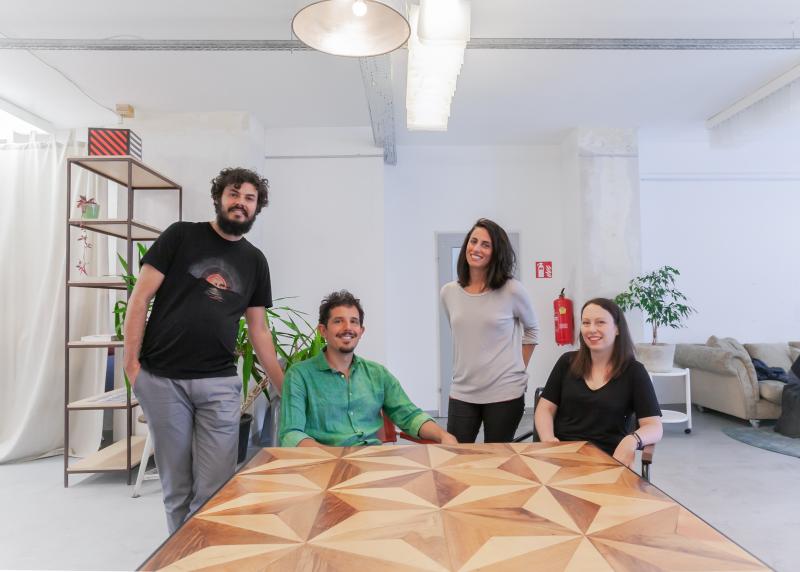When Hugo Furtado was a doctoral student about 15 years ago, he developed a tool that allowed surgeons to “see” a catheter inside patients’ bodies and perform cardiac surgery without opening the chest. The technology was an early form of augmented reality.
“It was a big eye-opener,” says Hugo, who did his doctoral work in Vienna and Ljubljana. “With augmented reality, you can make a lot of tasks so much easier.”
A decade later, Hugo started looking for a way to combine augmented reality with another of his passions, sound. He came up with the idea for an app called waveOut, which uses spatial audio navigation on a mobile phone to help blind people navigate their surroundings. The app’s motto is, “See the world through your ears.”
The blind and visually impaired have fewer opportunities for education and employment. They experience other disadvantages, including a lack of mobility and a greater risk of falls. Blind people often feel dependent and isolated.
Hugo built a small prototype for waveOut in late 2017 and tested it at an event the following spring. At the end of 2018, he received funding for his Austrian company that is called Dreamwaves. In 2022, he won first prize as the best social entrepreneur in the general category of the EIB’s Social Innovation Tournament. “Winning the competition is a fantastic feeling,” Hugo says. “You feel really a big recognition that we are on the right track. Being part of this network and meeting these amazing people has a huge value.”
Better than GPS
WaveOut is based on complex, state-of-the-art technology. It uses spatial audio that Hugo says is more accurate than GPS. This type of audio simulates how humans perceive sound in three dimensions—it’s the reason we know where to look when someone calls out to us.
“When you’re following your GPS, it will tell you: ‘Walk 100 metres and turn left,’” Hugo says. But not everyone can correctly identify 100 metres or know where to turn. “Is it this street? That street? And then you only get feedback when you fail.”
With the waveOut app, people enter an address, point their phone camera straight ahead, then hear a gentle tone that leads from point to point and ultimately to the destination. Users can save searches and directions, know exactly where they are at any moment, and explore places around them with the app.
WaveOut works with any type of headphone that leaves the ears open to ambient noise. It prioritises navigation over warning about obstacles, since white canes are better adapted to that.
Aware of their surroundings
Hugo developed the app with input from more than 120 blind and visually impaired people. One of these was Daniele Marano, project manager of the Austrian Association in Support of the Blind and Visually Impaired. Daniele says waveOut “is the first attempt to navigate people through this technology, with this approach. I haven’t seen something like this before. There are lots of apps that pretend to navigate blind people, but at the end of the day they are an adaptation of Google Maps.”

From left to right: Hugo Furtado, CEO, Alessandro Mulloni, CTO, Liliana Calapez, UX designer and Elke Mattheiss, data scientist
Another tester was Mike Busboom, who is blind and co-founded a Braille display company called Tetragon. He finds the waveOut app “less invasive” than others. “It’s not constantly talking to you,” says Mike. “We as blind people are having to use our ears all the time, for information. You can actually carry on a conversation while you’re listening to this tone in your head. It’s just easier on the ears. Once a person gets used to the app and the way it works, you can almost forget you’re using it.”
Hugo is now working to replace navigation by camera with navigation using the phone’s motion sensors. If he accomplishes this, people will be able to carry their phones in their pockets and use the app at night.
Hugo prefers to keep the app free and then licence it to cities or companies that want to integrate the technology with their own. “If we help people get employed, active, that’s definitely worth more than six to 10 euros per month” for a subscription, he says.
